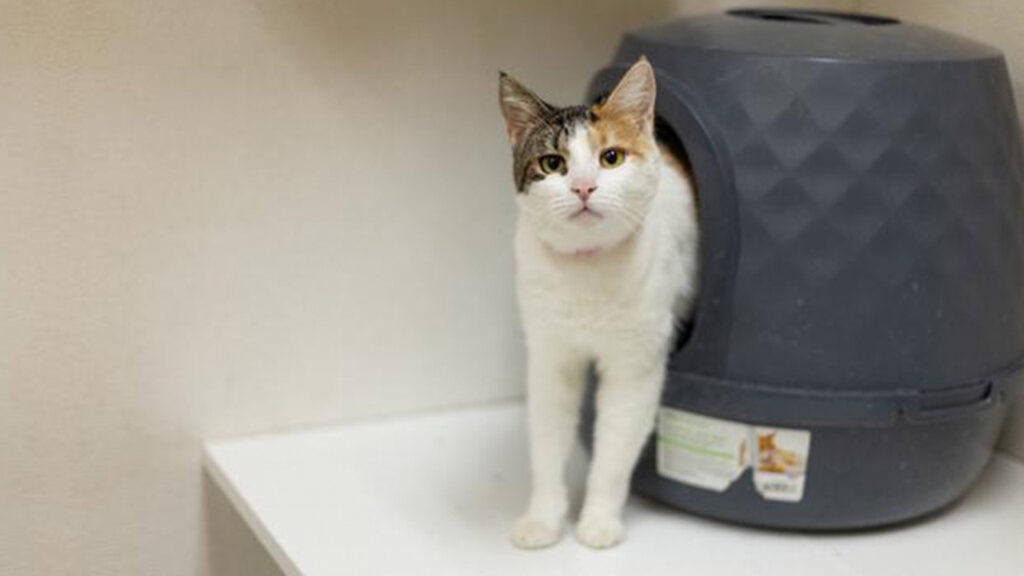Share
As few as 1,000 SARS-CoV2 viral particles are needed for a COVID-19 infection to take hold. That’s based on the MERS and SARS outbreaks.
A single breath releases 50 to 5,000 droplets. If a person coughs or sneezes, 200,000,000 viral particles go everywhere.
University of Massachusetts Dartmouth Professor Erin Bromage searched for a new topic to teach his students going into the spring semester.
“I saw a pathogen emerging in China and decided to incorporate it,” Dr. Bromage wrote in his blog.
The New York Times took notice and wrote, “By now, a friend may already have forwarded you a much-discussed blog post from a biologist named Erin Bromage — it has more than six million views. It’s an impressively clear explanation of how the virus often spreads inside confined spaces, like restaurants, churches, workplaces, and schools.”
Closed Room With Poor Air Circulation and Many People Invites Trouble
If you think cruise ships are one of the biggest culprits, you would be wrong. Ship outbreaks don’t even land in the top 50 outbreaks to date.
Dr. Bromage writes, “Any environment that is enclosed, with poor air circulation and high density of people, spells trouble.”
This is the formula he has come up for much of his work:
“The exposure to a virus, multiplied by time formula is the basis of contact tracing. Anyone you spend greater than 10 minutes with in a face-to-face situation is potentially infected.”
Speaking
Speaking increases the release of respiratory droplets about 10 fold; ~200 copies of virus per minute.
“Again, assuming every virus is inhaled, it would take ~5 minutes of speaking face-to-face to receive the required dose”, says Dr. Bromage.
He also says, “Your sneezes and your coughs expel so much virus that you can infect a whole room of people.”
According to the National Institutes of Health, talking emits droplets from your mouth. Loud talking generates even more droplets. These droplets can harbor infectious virus particles.

Restaurants
Using science mixed with common sense, Dr. Bromage helps answer some of the questions that have many of our politicians and health professionals grappling with each other.
One of the most eye-popping charts in Dr. Bromage’s blog is one put together by the CDC after 10 people from three families (figures A–C in the graph) who had eaten at the same air-conditioned restaurant in Guangzhou, China. One of the families had just traveled from Wuhan, Hubei Province, China.

Dr. Bromage writes, “Dinner took about 1 to 1.5 hours. During this meal, the asymptomatic carrier released low-levels of virus into the air from their breathing. Airflow (from the restaurant’s various airflow vents) was from right to left. Approximately 50% of the people at the infected person’s table became sick over the next 7 days. 75% of the people on the adjacent downwind table became infected. And even 2 of the 7 people on the upwind table were infected (believed to happen by turbulent airflow). No one at tables E or F became infected, they were out of the main airflow from the air conditioner on the right to the exhaust fan on the left of the room.
Call Center Example
Scientists studying a COVID-19 outbreak at a South Korea call center provided analysis and a diagram of what happened on the 11th floor there.
“We identified 97 confirmed COVID-19 case-patients in building X, indicating an attack rate of 8.5%. However, if we restrict our results to the 11th floor, the attack rate was as high as 43.5%. This outbreak shows alarmingly that severe acute respiratory syndrome coronavirus 2 can be exceptionally contagious in crowded office settings such as a call center.”
Dr. Bromage writes, “This highlights the importance of exposure and time in the spreading of COVID-19.”

Grocery Shopping Is Low Risk for Infection
“Outbreaks spread from shopping appear to be responsible for a small percentage of traced infections,” according to Dr. Bromage. “The main sources for infection are home, workplace, public transport, social gatherings, and restaurants. This accounts for 90% of all transmission events. In contrast, outbreaks spread from shopping appear to be responsible for a small percentage of traced infections.”
The Great Outdoors
If you are sitting in a well-ventilated space, with few people, the risk is low.
Dr. Bromage further writes, “If I am outside, and I walk past someone, remember it is “dose and time” needed for infection. You would have to be in their airstream for 5+ minutes for a chance of infection. While joggers may be releasing more virus due to deep breathing, remember the exposure time is also less due to their speed.”
Professor’s Closing Thoughts
One of the last statements in the professor’s blog succinctly sums up his thoughts.
“When assessing the risk of infection (via respiration) at the grocery store or mall, you need to consider the volume of the air space (very large), the number of people (restricted), how long people are spending in the store (workers – all day; customers – an hour). Taken together, for a person shopping: the low density, high air volume of the store, along with the restricted time you spend in the store, means that the opportunity to receive an infectious dose is low. But, for the store worker, the extended time they spend in the store provides a greater opportunity to receive the infectious dose and therefore the job becomes more risky.”
[covid-19-tracker]


















